
- Pipe
- Bridges & Structures
- Walls
- Stormwater Management
- Erosion Control
- Start a Project
- Knowledge Center
- Technical Documents

Civil engineers face a level of complexity and expectation that continues to rise year after year. Beyond mastery of core engineering principles, today’s professionals must navigate advanced digital design platforms, manage accelerated project timelines, interpret evolving regulatory frameworks, and coordinate seamlessly across multidisciplinary teams. At the same time, they are expected to deliver solutions that balance performance, constructability, sustainability, and cost—often amid tighter budgets and heightened public scrutiny.
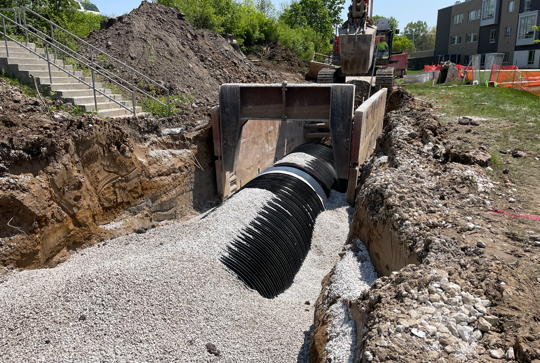
Trench boxes provide essential worker safety when installing pipe in deep trenches or unstable soils. However, their use with large diameter flexible pipes presents a critical challenge: maintaining compacted embedment integrity during trench box movement. Improper technique can create voids alongside the pipe or reduce backfill density adjacent to the pipe, eliminating the lateral support that flexible pipes require to control deflection.
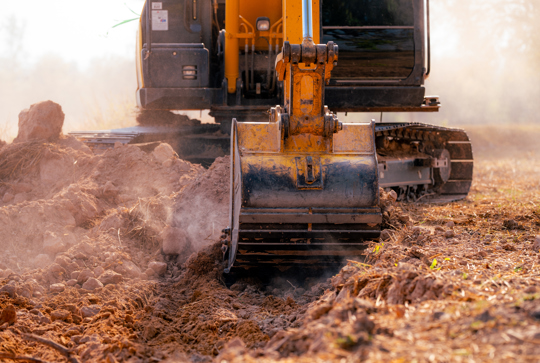
Buried pipelines are often “out of sight, out of mind,” but protecting them during construction is critical. Heavy equipment loads can exceed design limits, requiring additional temporary or permanent cover to prevent damage. Contractors must locate and mark buried pipes, then use cover-height tables—based on equipment type and load details—to determine proper protection. By applying the right cover and maintaining it throughout grading, paving, and other activities, contractors can safeguard installed pipelines and avoid costly failures.
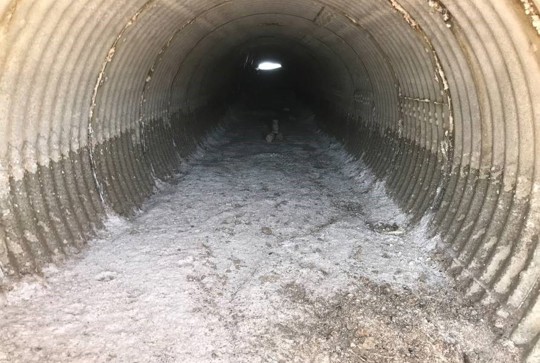
When it comes to drainage solutions in aggressive environments, material selection makes all the difference. Traditional galvanized corrugated metal pipe often struggles to withstand the corrosive effects of saltwater, brackish water, and hypersaline soils. That’s where Corrugated Aluminum Alloy Pipe (CAP) stands apart.
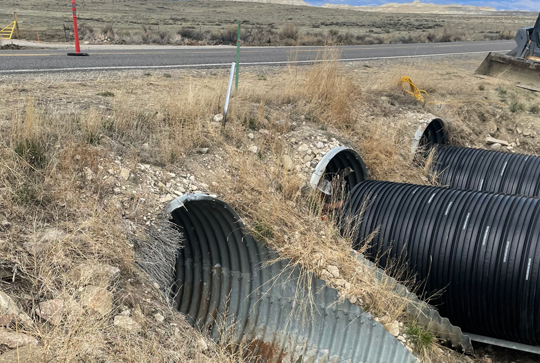
America’s Wastewater Infrastructure is currently rated at a D+, according to the 2025 ASCE Report Card for America’s Infrastructure. The Wastewater category includes both piping for the collection systems and the wastewater treatment plants the piping leads to. The collection system alone experiences 3.3 failures per 100 miles of pipe every year, putting pressure on maintenance teams to identify suspect pipes for either complete replacement or pipeline rehabilitation. This article will focus on the design and construction considerations necessary when a pipeline owner determines they will be rehabilitating an existing pipe.
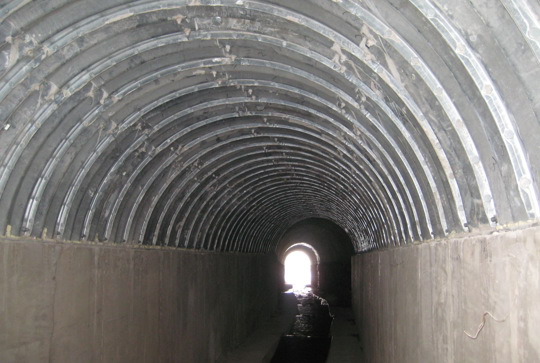
Unlike circular pipes, arch-shaped culverts present a unique challenge when it comes to structural rehabilitation. Their non-round geometry and sometimes integrated parapet walls mean that standard sliplining methods don't always apply. However, just because a culvert isn’t round doesn't mean it can’t be effectively relined.

Why have a preconstruction meeting for pipe? Engineers have been designing various types of pipe for hundreds of years, while contractors have been installing it for hundreds of years. What needs to be discussed? It’s fair to say that all stake holders (owner, engineer, contractor and manufacturer) want a successful project. Taking the time a week prior to installation to cover key items will save time, and money, by recognizing and mitigating any issues before they arise.
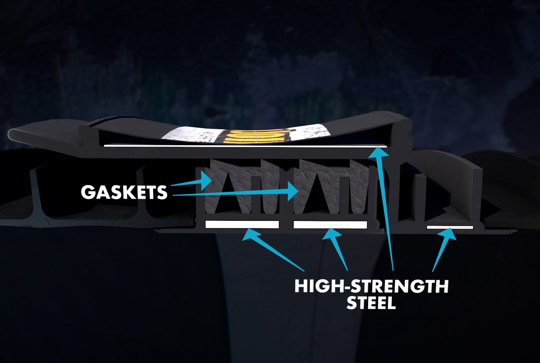
There are limited options for verifying a large to ultra-large diameter sewer pipe. You can do visual inspections, low-pressure air using isolation rigs & bladders or hydrostatic methods. These are either not effective or expensive and time consuming. A new method has been introduced to the industry via Contech Engineered Solutions’ (Contech) DuroMaxx® Steel Reinforced Polyethylene (SRPE) Pipe and the QuikJoint® Ultra High-Performance Technology.
SUBSCRIBE
The Pipe Blog is featured on the Contech Site Solutions Newsletter. Get insights, news, tip & tricks delivered directly to your inbox. Sign Up Today to Receive.